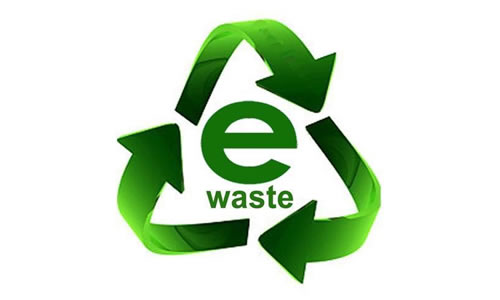Overview of EPR Post Compliance (E-Waste)
Management of e-waste is required to safeguard and improve our surroundings and environment. Only by implementing adequate waste management procedures can the natural ecosystem be preserved. For proper e-waste disposal, an EPR e-waste authorization is required. It should be secured by the electronics manufacturer, importer, and band owner. Furthermore, certain EPR post compliance (e-waste) requirements must be satisfied on schedule. Failure to comply in a timely way may result in sanctions or possibly cancellation of EPR authorization by the CPCB.
What are e-wastes?
E-waste refers to electronic goods that have reached the end of their useful life. Electrical devices such as air conditioners, refrigerators, LED/LCD, laptops, monitors, televisions, and mobile phones, among others, can be reused and recycled. E-waste contains a range of resources, including aluminium, copper, gold, palladium, and silver, as well as a few dangerous materials, including cadmium, lead, and mercury.
List of EPR Post Compliance (e-waste)
As per the EPR policy, the state government must keep a careful eye on the manufacturers, producers, and recyclers to ensure that they conform and adhere to the standards, as well as check that they reach the e-waste collection targets established in the E-waste (Management) Amendment Regulations 2016. It also holds consumers of electronic gadgets accountable for preserving the environment and protecting it from the harm caused by such technologies.
The following compliances need to be fulfilled by all producers, importers and brand owners:
- Setup of collection centres and implementation of the channelization mode in accordance with the EPR plan.
- Collecting and re-channeling of e-waste generated by end-of-life products with the same electrical, electronic, and historical garbage.
- Keeping Form 2 records of e-waste handled and making them available for examination by the Central Pollution Control Board or the relevant State Pollution Control Board.
- Annual returns must be filed with the Central Pollution Control Board on schedule. If a producer maintains more than one office in a state, the producer must file a single yearly return that includes information from all locations.
- Some changes to the authorised Extended Producer Responsibility plan must be notified to the Central Pollution Control Board within 15 days, and the CPCB’s decision must be communicated within 60 days.
- If the authorised person wishes to close any of the collection centers/points or other EPR plan facilities, he must first obtain authorization from the Central Pollution Control Board.
- The applicant must supply sales statistics as well as an annual return.
- Whenever there are revisions to the EPR plan, a revised EPR plan must be submitted.
- If a new product model is introduced, enclosure A of the self declaration must be provided.
- As per the EPR plan, the applicant must undertake an awareness campaign and organise a seminar.
- When required, the applicant should retain technical papers on “Restriction of Hazardous Substances” (RoHS) on hand for inspection by the Central or State Pollution Control Board.
- Every quarter, the applicant must report to the Central Pollution Control Board on the amount of e-waste of EEE code collected and recycled in the previous quarter.
- After acquiring EPR authorization, a producer must raise awareness about e-waste using the following channels: Media; Publications; Posters and newspapers; Seminar; Awareness programmes; Digital promotion.
- Furthermore, the manufacturer must include information on hazardous ingredients, hazards of inappropriate handling, disposal, unintentional breakage, and so on, as well as guidelines for safe handling and disposal of the equipment once it has been used. Addresses, toll-free numbers, and e-mail addresses should also be included.
How does extended producer responsibility work?
- Extended Producer Responsibility is a way of encouraging and promoting the reuse, recycling, and disposal of electronic and polymer waste. Under EPR, the manufacturer of the goods should dispose of this waste. Manufacturers and producers are required by EPR legislation to take responsibility for reducing waste caused by their products.
- When a product has served its purpose, the producer should collect the garbage it made. It can be accomplished by assisting in the collection of garbage generated after the consumption of their products or by assuring environmentally friendly recycling of such products.
- The e-waste (Management and Handling) Rules 2011 were the first to introduce the concept of EPR in India, whereas the e-waste (Management) Rules 2016 established more strict targets for the collection of end-of-life products. It also made the EPR authorization procedure easier.
- The Central Pollution Control Board (CPCB) issues EPR to makers of e-waste, plastic waste, and polymer waste, as well as mass users of these wastes.
- Furthermore, they must meet all EPR post compliance (e-waste) requirements in order to work efficiently after gaining EPR licence.

